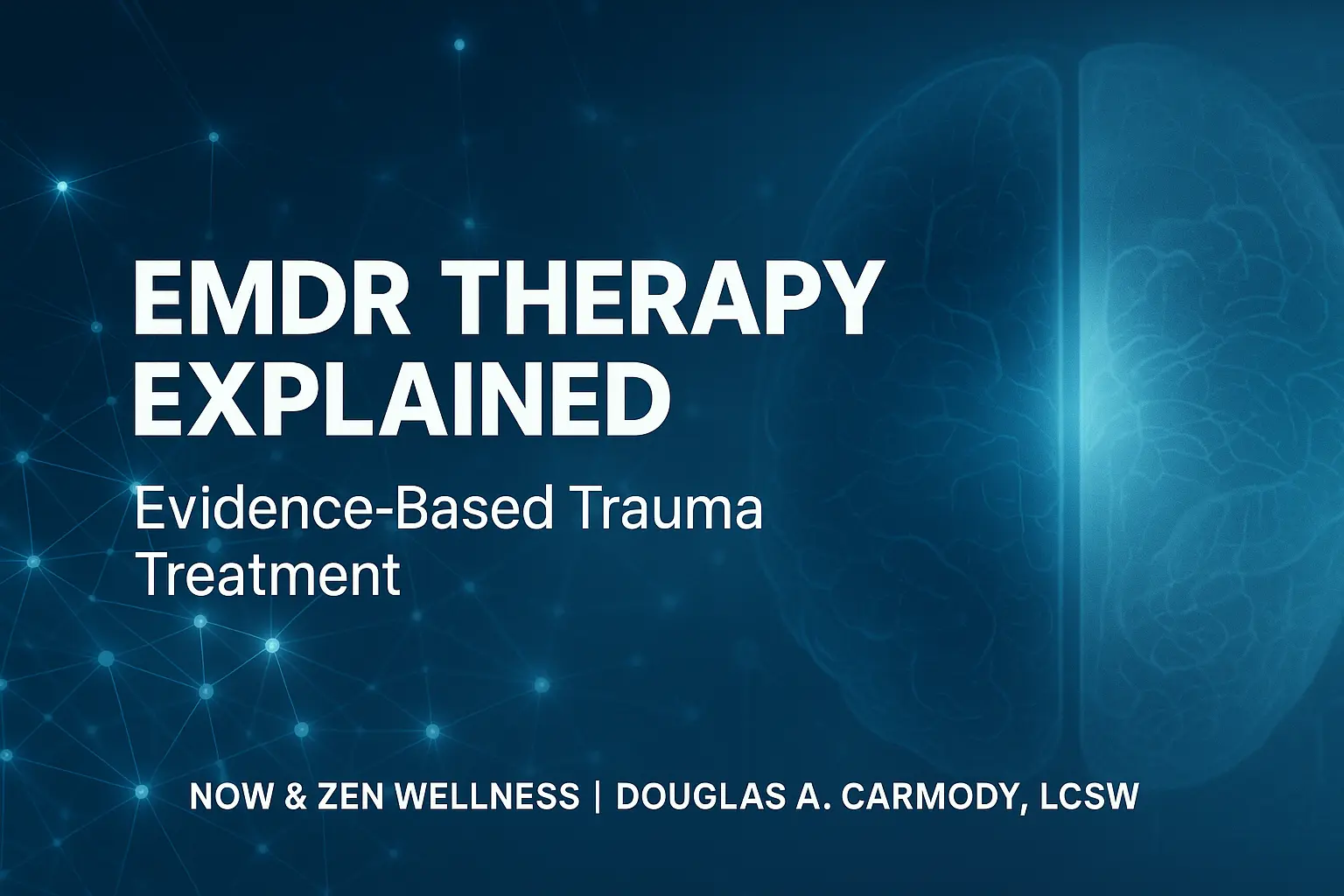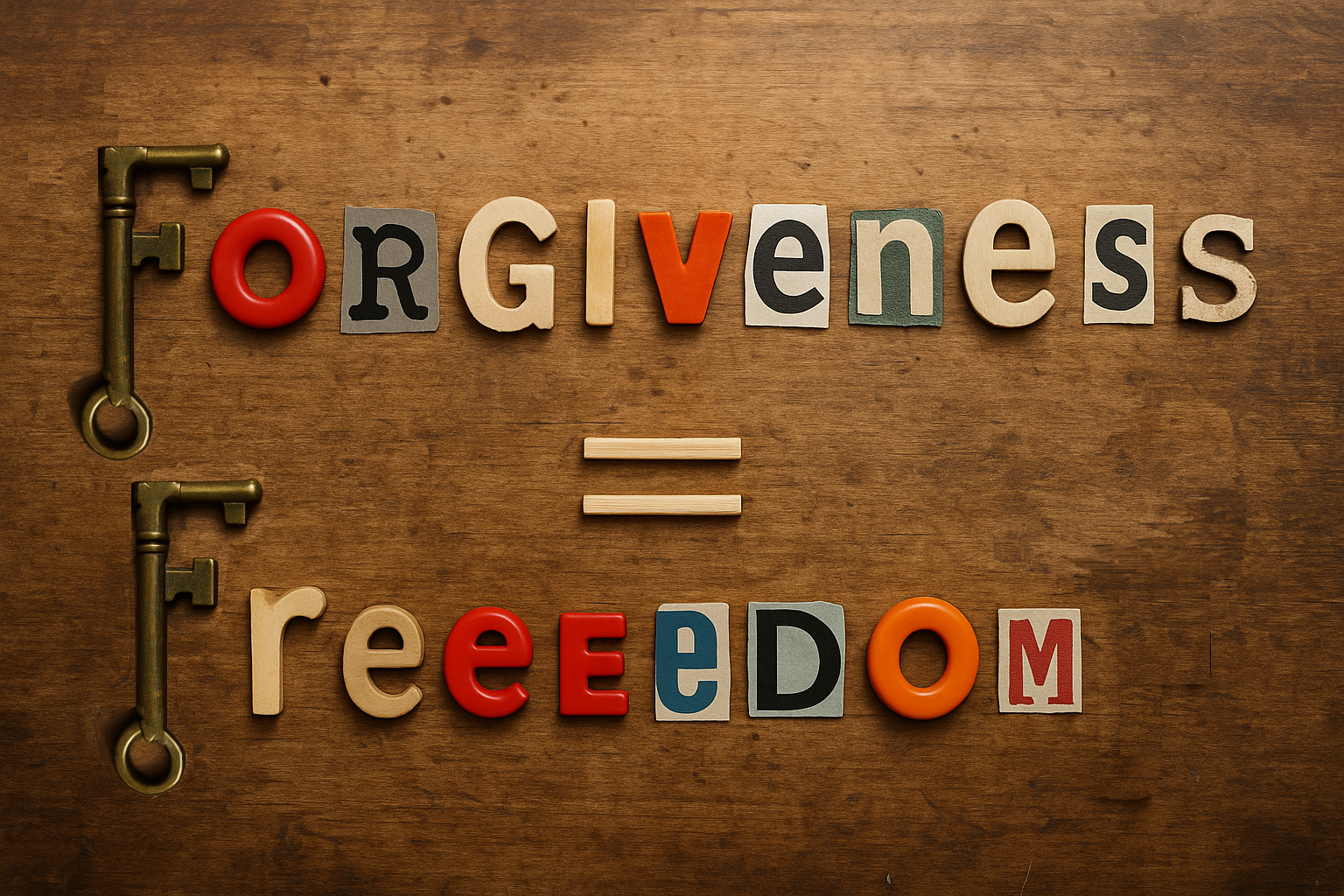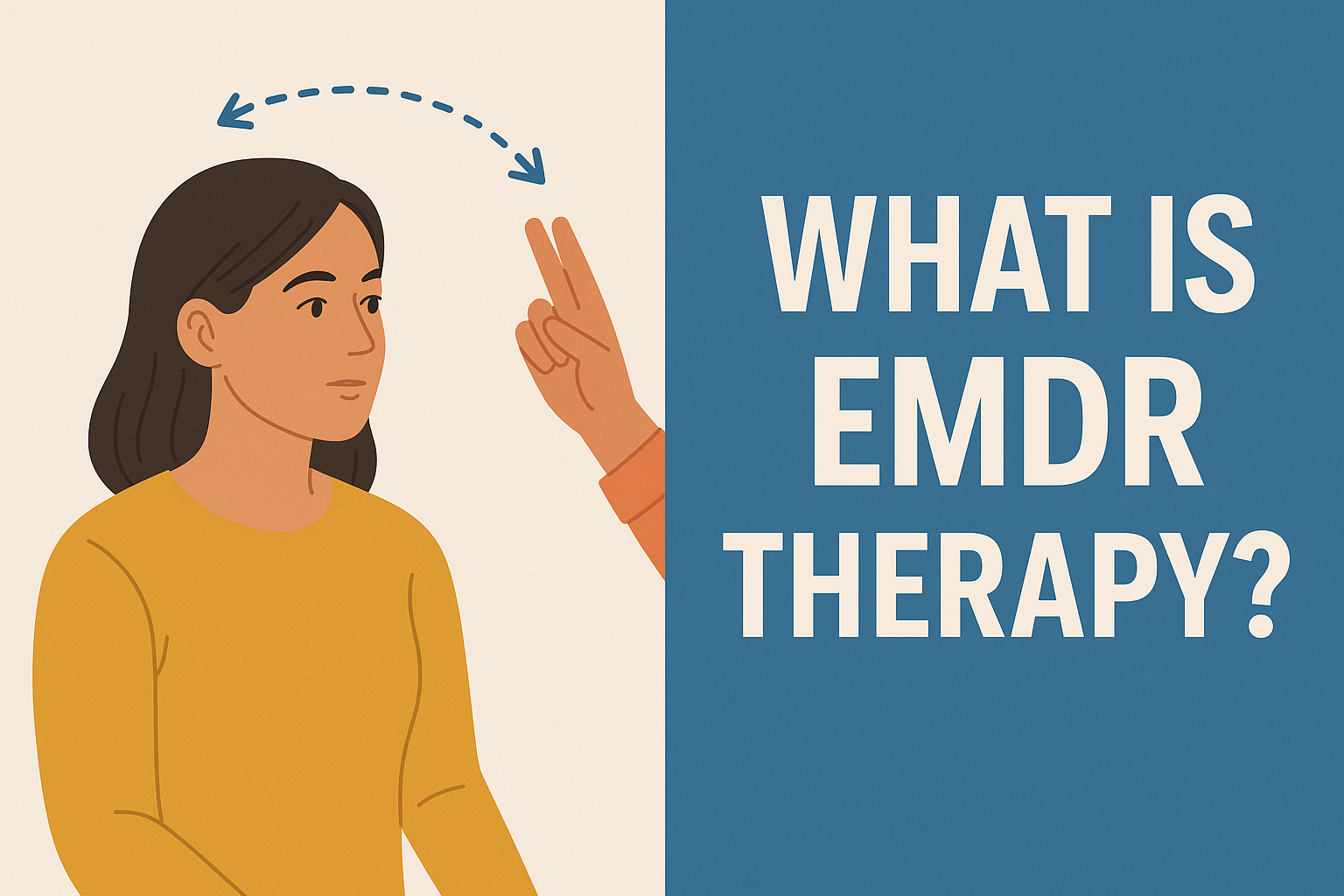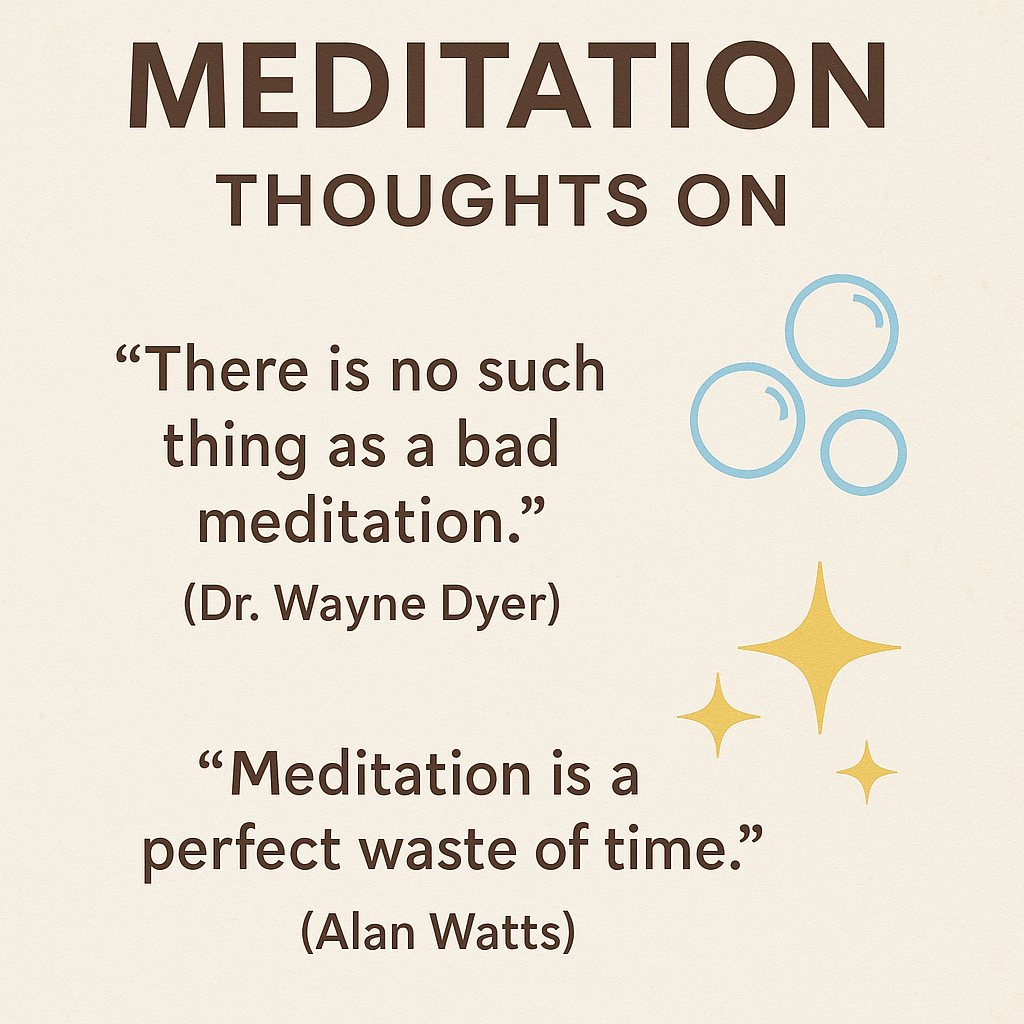How I Explain EMDR to Clients
I like to be honest and direct: EMDR can sound weird at first. Bilateral eye movements or tapping isn’t what most people picture when they think “therapy.” I name the elephant in the room and invite questions. I’m not here to sell pseudoscience—I’m here to help you heal.
I also connect EMDR to REM sleep, where the brain naturally processes memories. In EMDR, we activate a similar bilateral process while you’re awake and focused, helping the left (logic/language) and right (emotion/sensation) hemispheres work together.
My metaphor: EMDR lights up your full processing system—like switching from dial-up to a fiber-optic network—so memories integrate instead of staying stuck.
Why Trauma Gets “Stuck”
During trauma, the brainstem and nervous system prioritize survival. Helpful in danger, but later it can misfire—reacting to triggers as if the threat is still here. EMDR helps the nervous system stand down by completing the unfinished processing.
Where EMDR helps most: trauma and PTSD, anxiety and panic, addiction, phobias, depression, grief, and certain somatic symptoms.
What an EMDR Session With Me Is Like
Phase 1 – History & Safety
The first session is history taking using the EMDR Consulting structure. We discuss culture, comfort, and preferences so you feel secure and respected.
Phase 2 – Preparation
Before reprocessing, I teach grounding skills you can use anytime:
- 5-4-3-2-1 grounding
- Belly breathing
- Safe/calm place imagery
- Mindfulness of the present
You’re always in control. If you need to pause or stop, you tell me.
Phases 3–7 – Reprocessing
We begin bilateral stimulation—usually eye movements or tapping—so I can monitor pacing and safety in real time. I keep talk minimal so your brain can do the work.
Phase 8 – Closing & Integration
We connect your insights to daily life. I often ask: “What are you going to do with this new information?” That might mean changing a belief, stopping a habit, or practicing new behavior.
A Powerful Breakthrough (De-Identified Case)
One client survived a public shooting and became terrified of crowded places. Before EMDR, malls and restaurants felt impossible. After several sessions, disturbance levels dropped and he walked into a mall with friends—something unimaginable before. EMDR didn’t erase his story; it restored his freedom.
Safety, Fit, and When I Modify EMDR
EMDR can be adapted for dissociation or certain medical concerns (e.g., avoiding light-based tools if needed and using tapping instead). The process should fit the person—not the other way around.
When I work with clients from different backgrounds or with complex trauma, I don’t assume I know their story. I slow down, listen, and honor their culture, history, and lived experience so the EMDR process fits them, not the other way around.
Why EMDR Fits My Philosophy: Compassion Now. Hope Ahead.
People who reach out are already courageous. My job is to meet them with dignity and humility—never ego. I believe in real results and successful discharge, not endless therapy. EMDR helps many clients reclaim their story and move forward with confidence.
Ready to Talk?
If you’re ready to heal, I’m here to help. Reach out to schedule an EMDR session. You don’t have to carry this alone.
Prefer to chat first? Send a message or see our FAQ.




